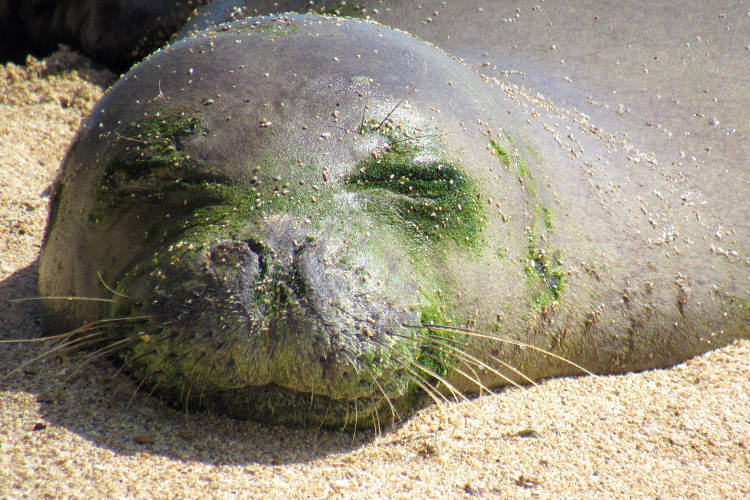HONOLULU (AP) — A Hawaiian monk seal has died from a parasitic disease while in treatment at a marine center, an official said.
The 13-year-old female named Pohaku died last week at the Marine Mammal Center’s Ke Kai Ola facility in Kailua-Kona, Hawaii Public Radio reported Tuesday.
Pohaku was taken earlier this year to a National Oceanic and Atmospheric Administration facility in Honolulu after displaying signs of distress at a lagoon.
The seal was found to have toxoplasmosis, a disease caused by parasites found in cat feces.
“For Hawaiian monk seals, this disease presents itself in a very aggressive way,” said Michelle Barbieri, head of NOAA’s Hawaiian Monk Seal Research Program.
Many seals with toxoplasmosis die before treatment or shortly after transfer to a facility, Barbieri said.
NOAA officials stabilized Pohaku during the initial days of the infection before transferring her to Hawaii island. She was attended by staff at the center for 10 weeks, the longest period of treatment for a monk seal with the disease.
Treatment of monk seals with toxoplasmosis is expensive and labor intensive, including administering medicine orally, Barbieri said.
“For a 500-pound animal, it’s quite challenging,” Barbieri said. “Especially when it’s a seal that’s not swimming normally, not moving normally and is not eating on her own.”
Losing female monk seals to the disease has a great impact on the survival of the species. Pohaku had seven pups throughout her life and researchers expected her to raise more pups for several years, Barbieri said.
“We need to find solutions that get the parasite out of the environment and reduce the potential for that parasite to continue to be introduced into our ecosystem,” she said.

